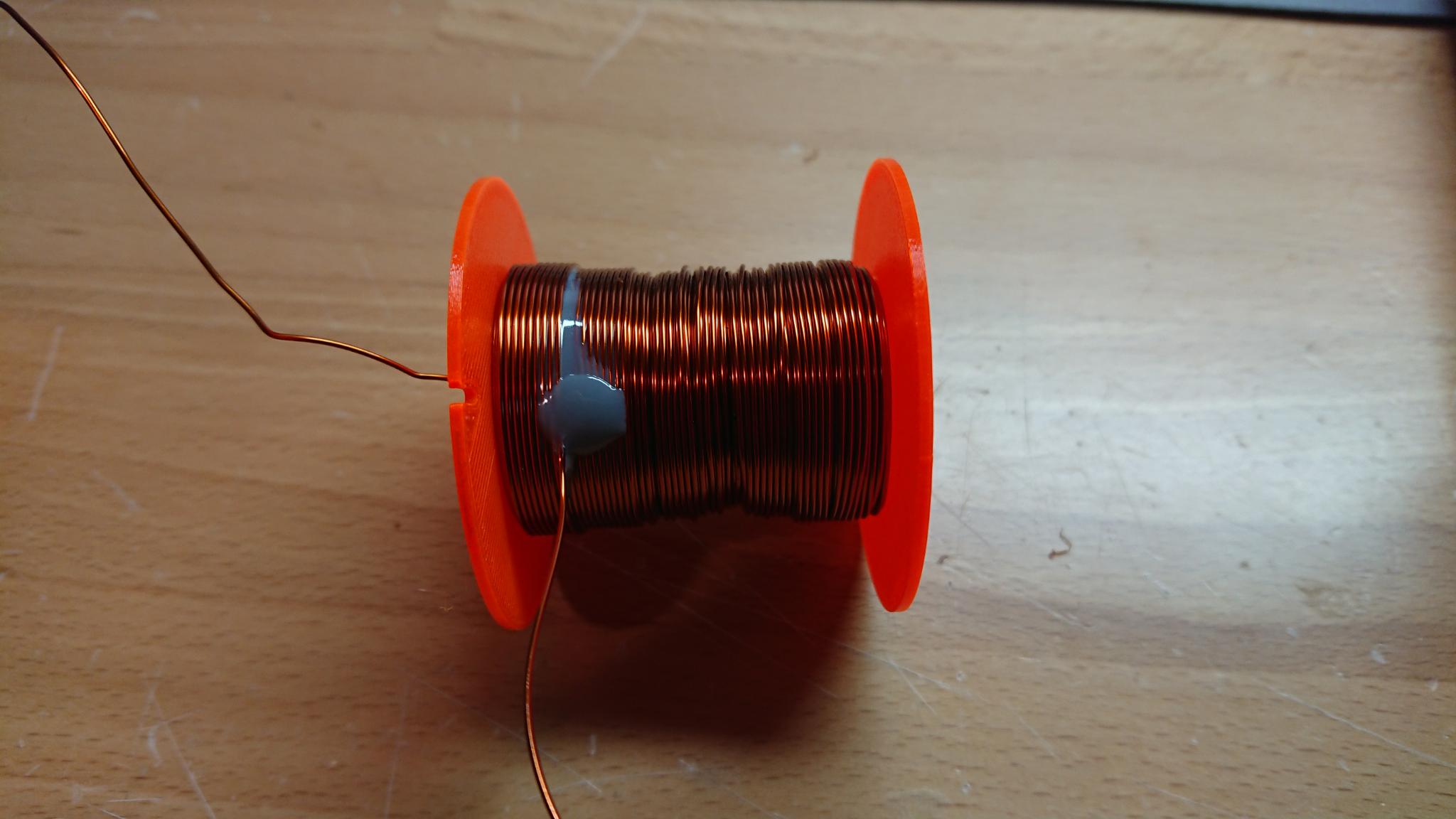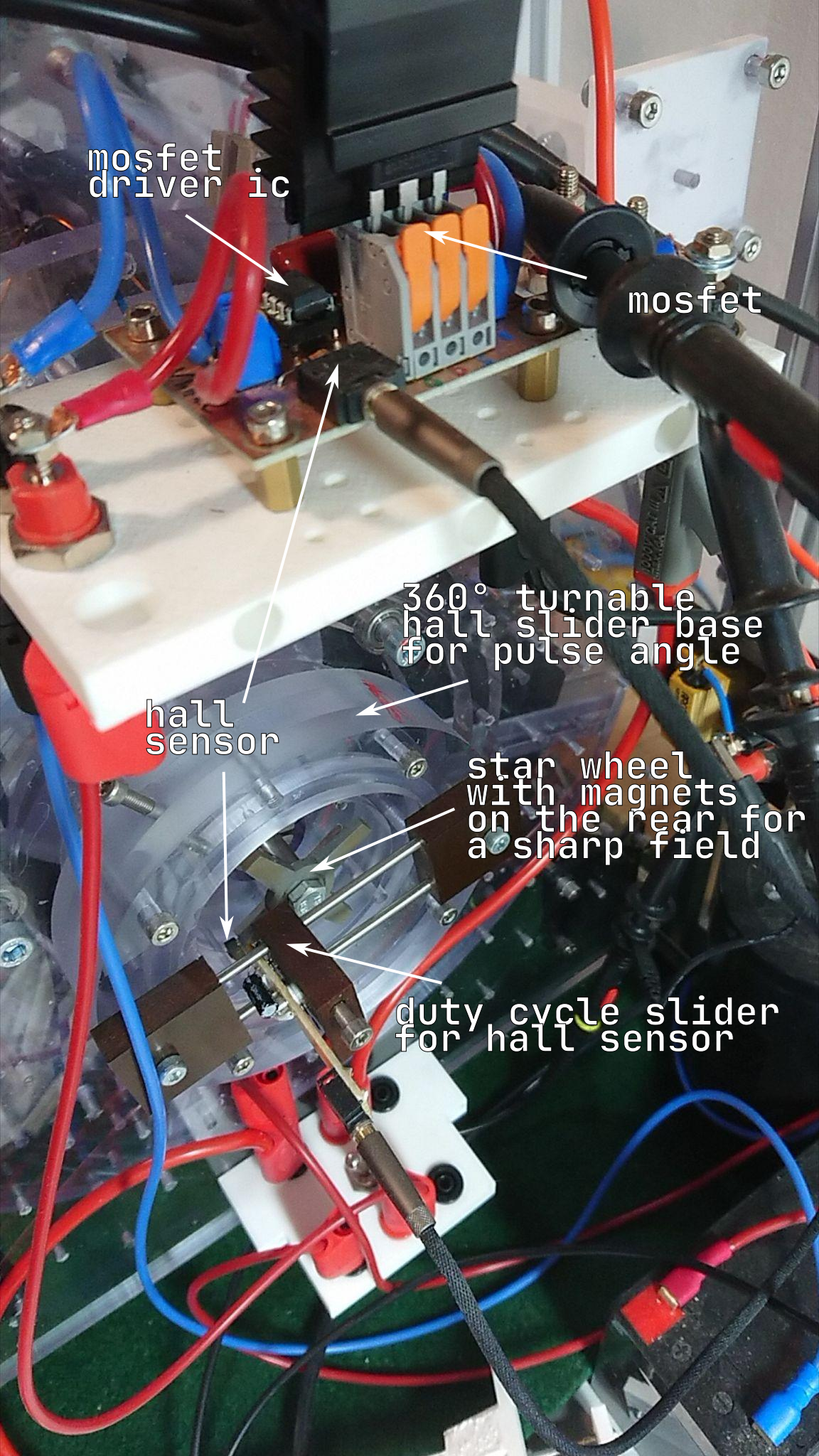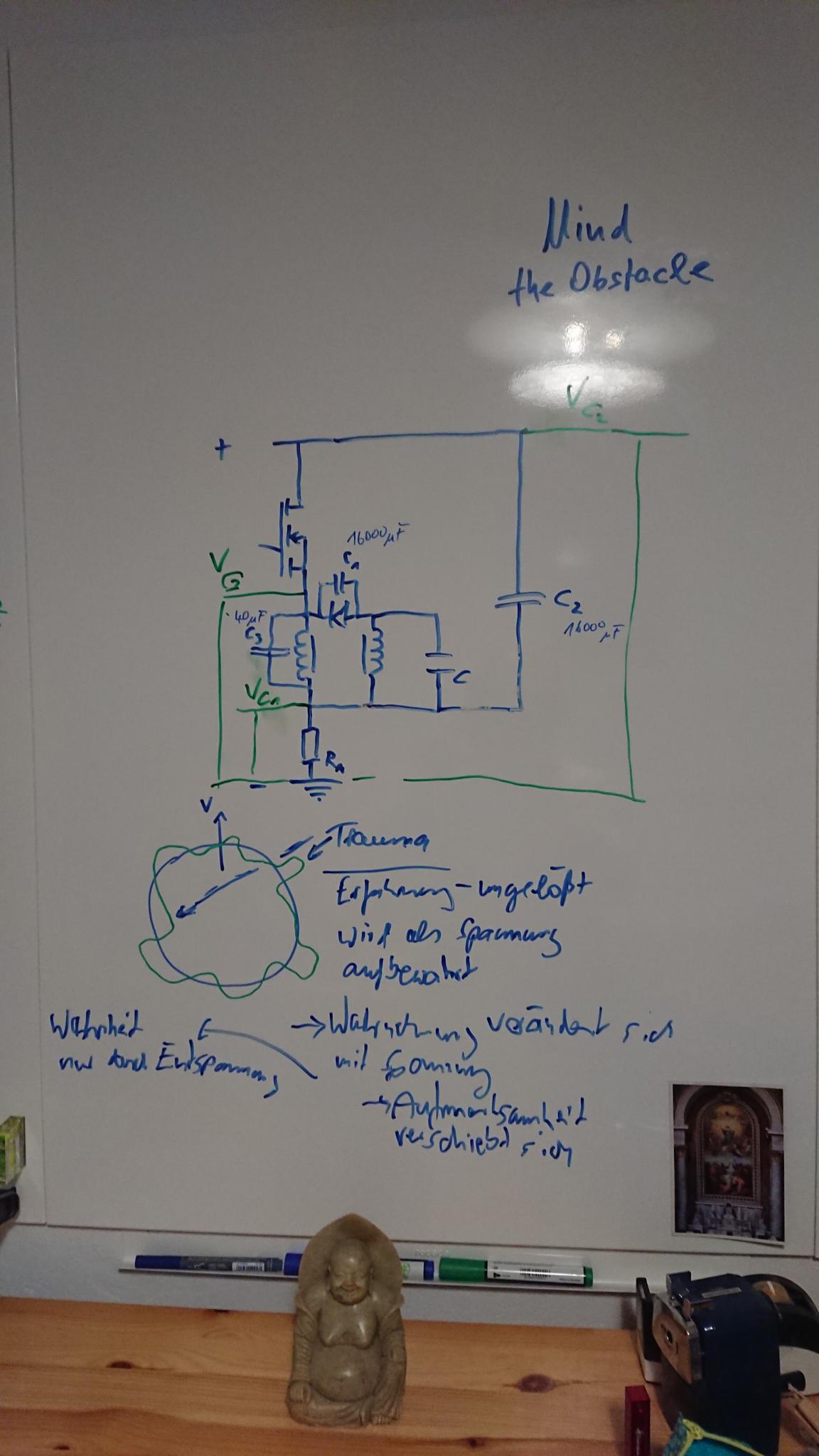Dear researchers,
I would like to open a discussion about the Adams Motor-Generator in general and specifically my and others actual replication attempts.
Short intro to myself:
Since I got access to the internet in the late 90s the idea of overunity and "free" energy is thrilling me. So over the years I was sucking in every piece of information related to this topic - but only theoretically. One and a half year ago, after I got rid of my wife (what a waste of energy) and also being really anoyed buy this inflationary rise of "free" energy scammers, I decided to replicate one of those devices I knew already from my studies. I was not really choosing one, but coincidentally the device chose me - while I was again "researching", I stumbled upon the nexus magazine offer to buy/download the manual by Robert Adams: https://nexusmagazine.com/?s=robert+adams (I can give anybody a copy on demand).
I started to build my first motor-only device with LEGO Technic and some self-made coils and the original circuit by Adams. This was really fun and gave me a lot of confidence, that I am at least capable to create something "rotating".
...if you look carefully, you will see, that at this time I even was not really capable of properly setting up the scope 😊.
Next was a more "serious" variation, where I designed some polycarbonate "housing" and put the coils between the rotors to use both sides of the coils...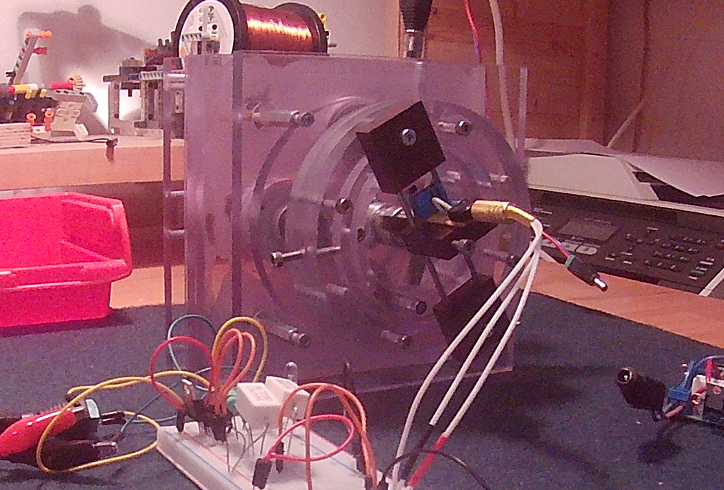
...even though this design seems better, I wanted to have some sort of flexibillity in terms of controlling all the aspects of the replication/research, e.g. changing the angle of the coils while running to see and tune - Adams mentions an angle of 20 degrees for the feedback coils, but I have the feeling, this angle is related to the actual duty cycle of the machine - so a rigid setup, where you have to shutdown, adjust or even reassemble things is just sucking.
I came up with a better approach for my next design, where I am able to change coils in a reasonable amount of time and where I can rotate the coil stators 360 degrees while running and to change the duty cycle and the angle of the hall sensor... 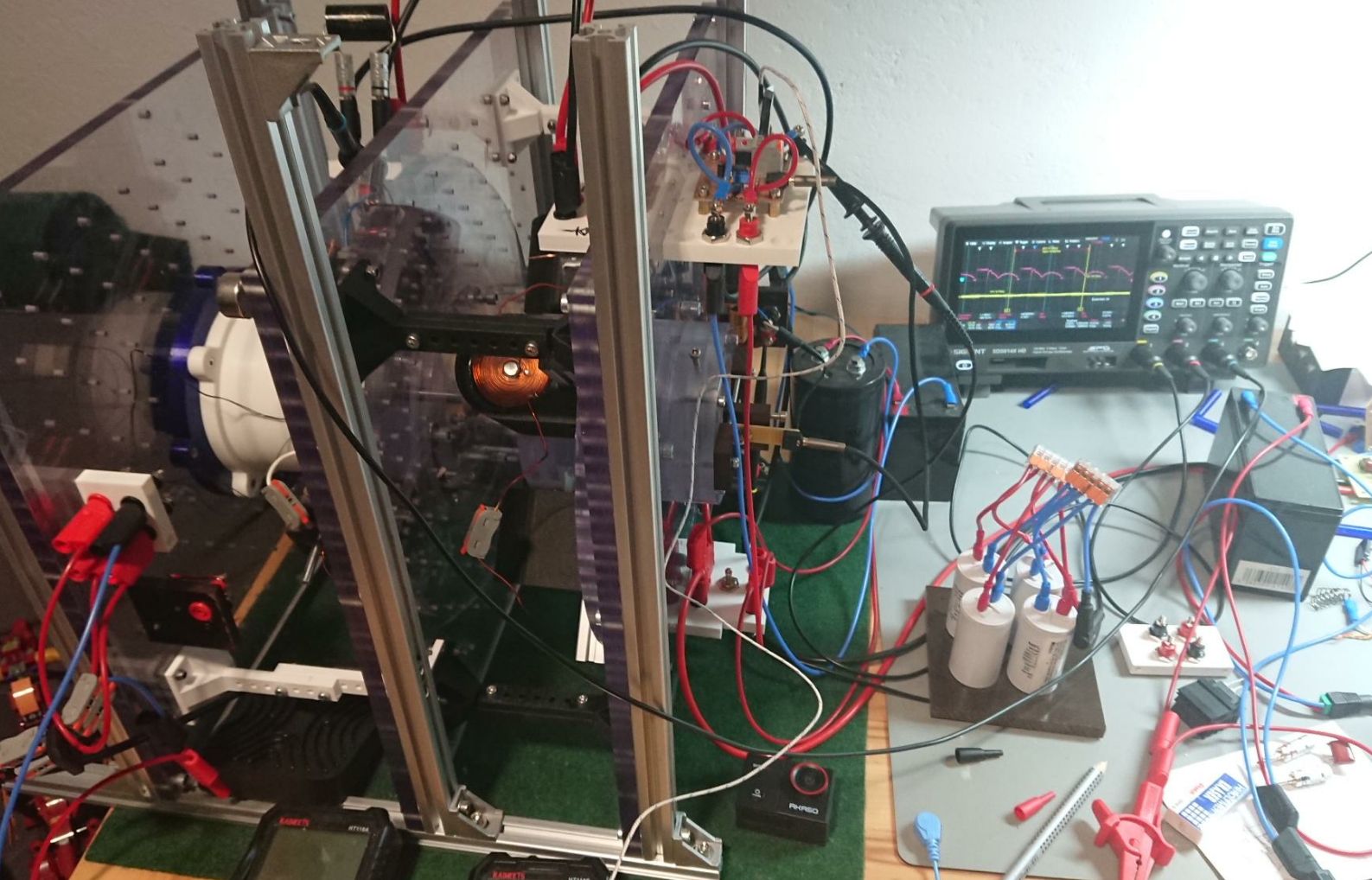
... for now I want to close this introduction...
Many thanks to the provider/operator of this forum - it is really hard to find people for exchange in this specific topics!
Olli


